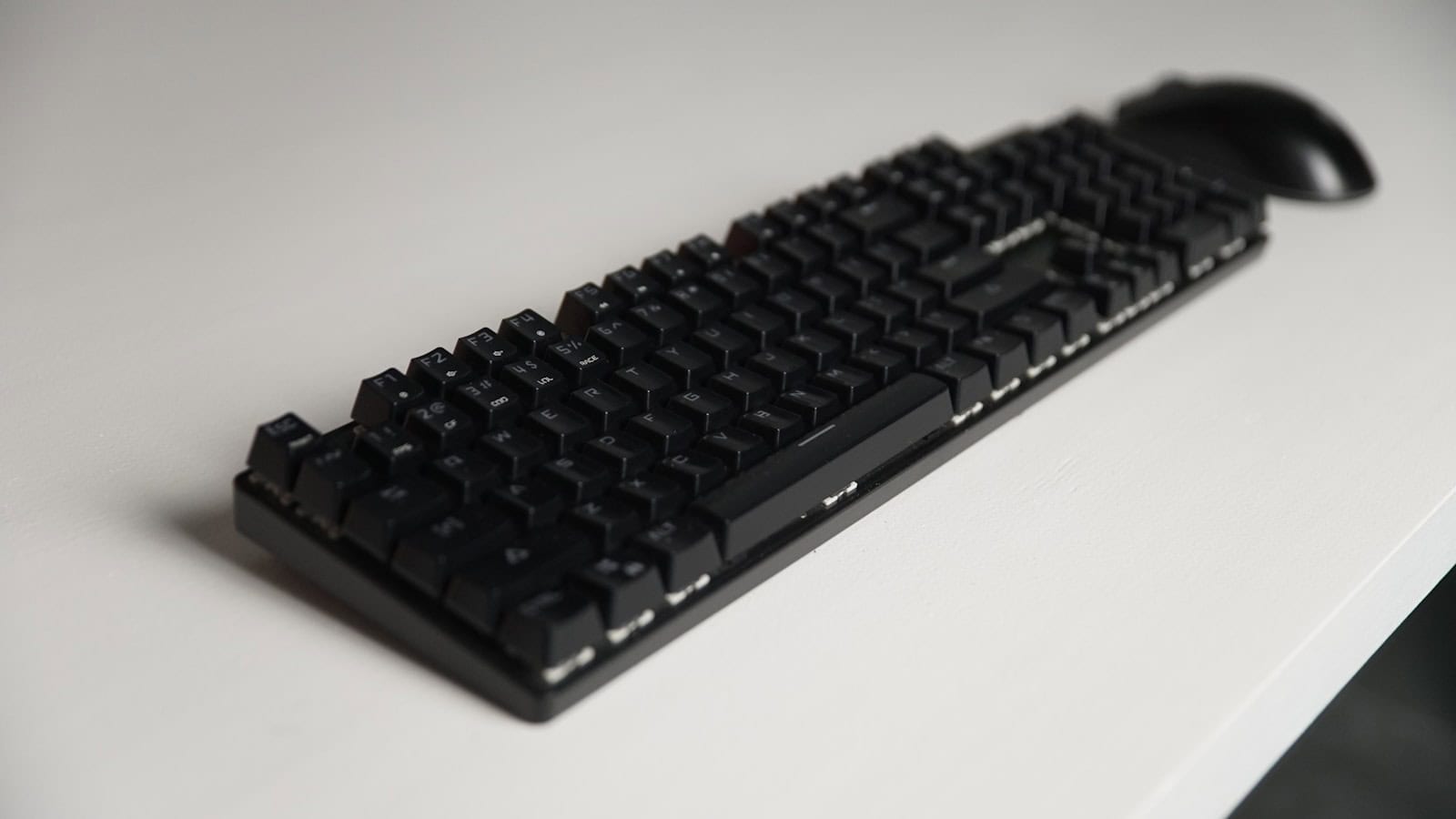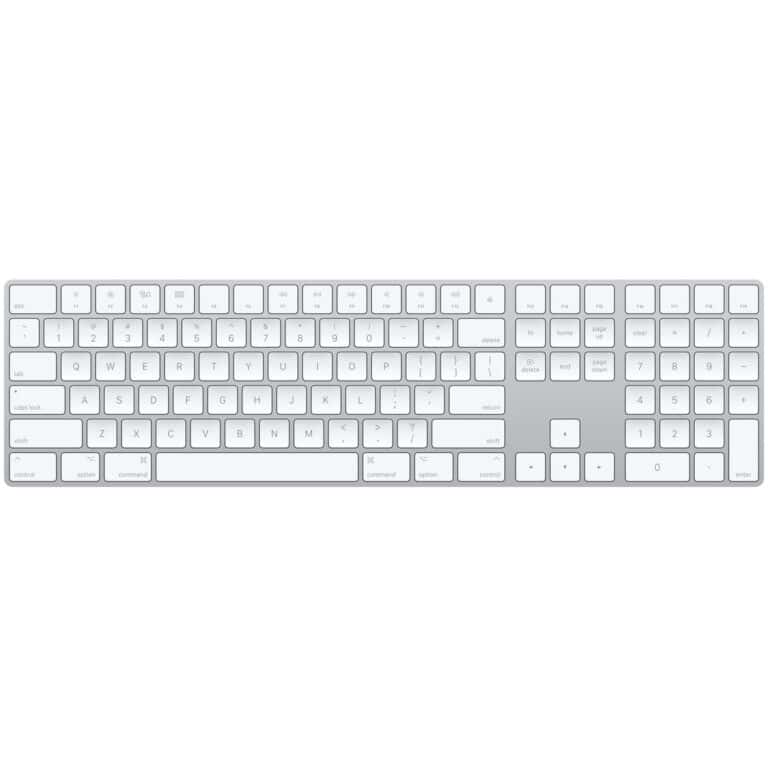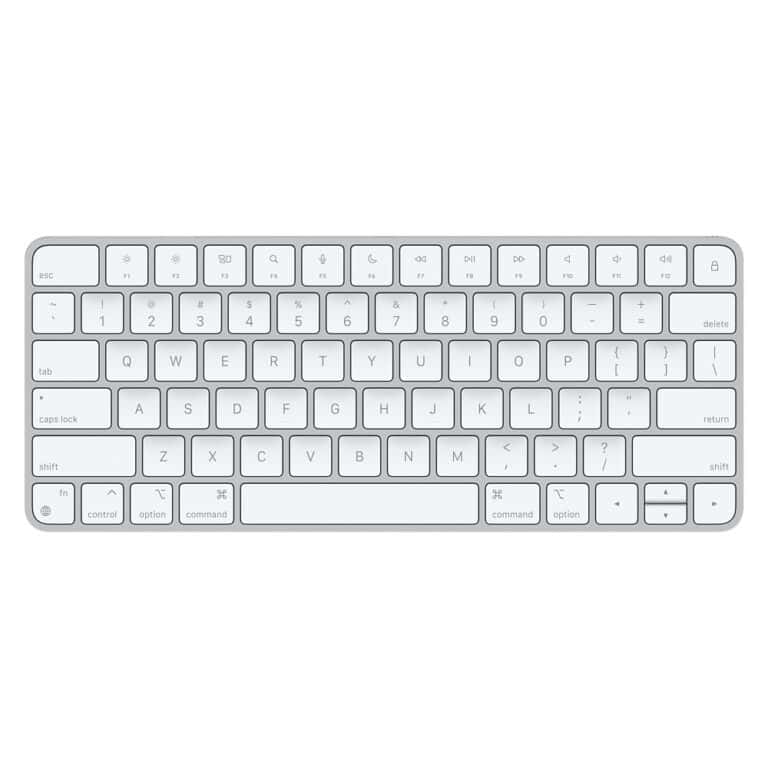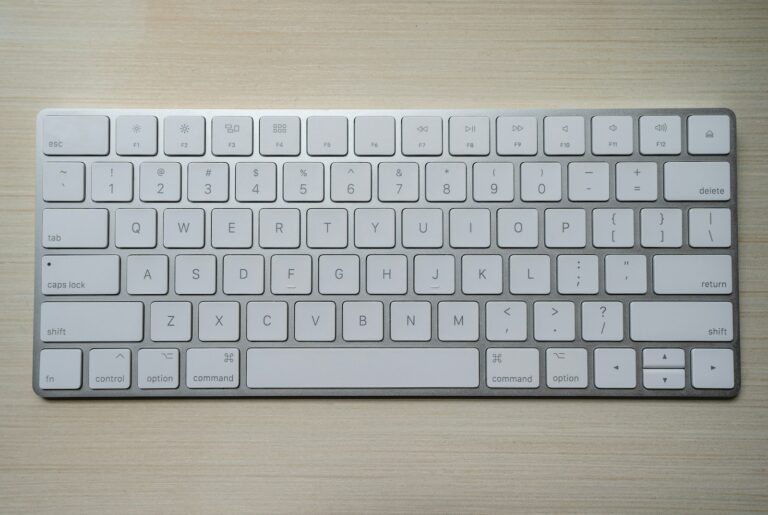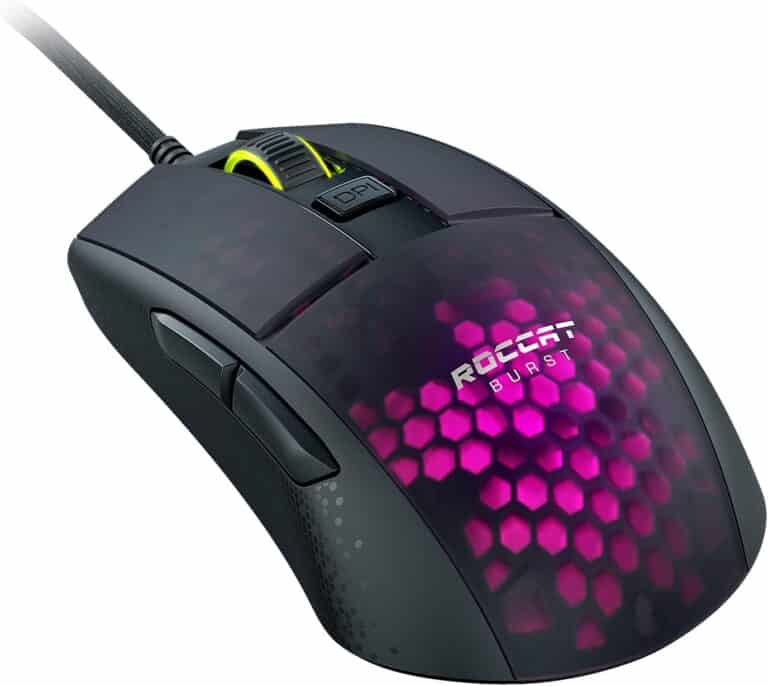Choosing the right keyboard and mouse shapes how someone works, plays, and spends time on a computer. These tools affect comfort, speed, and accuracy more than most people realize. The best keyboard and mouse are the ones that match personal habits, daily tasks, and comfort needs.
A person who types for hours may need a responsive keyboard with an ergonomic design, while someone who games might look for fast switches and extra buttons. The same goes for mice—some prioritize portability, others precision. Picking the right setup means thinking about how it will be used, not just how it looks.
With so many options—wired, wireless, mechanical, optical, or laser—the choice can feel overwhelming. Breaking it down by comfort, compatibility, and features makes the process simple and practical.
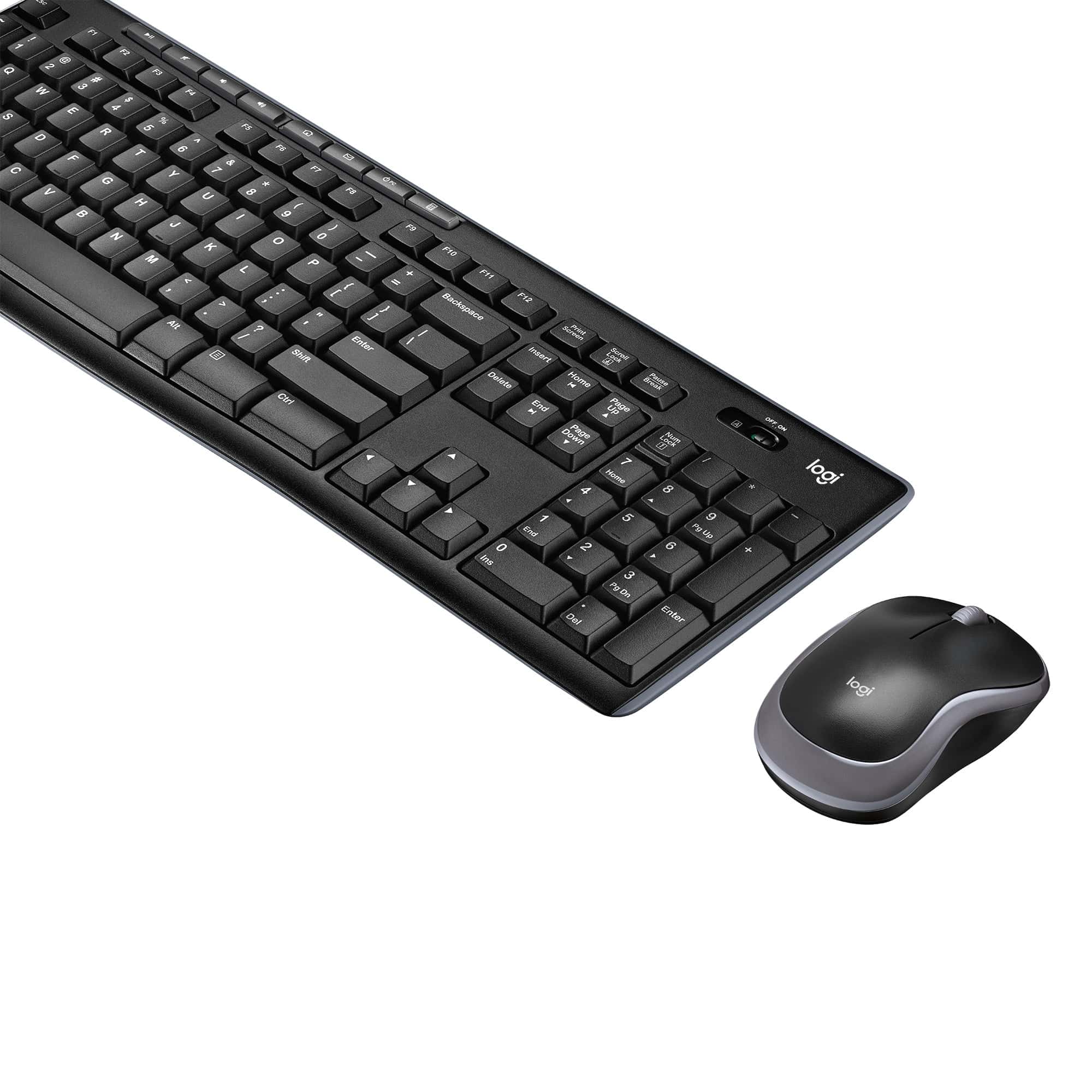
🔑 Step 1: Identify Your Primary Use
Different users have different needs:
- Office / Productivity → Prioritize comfort, quiet typing, and wireless options.
- Gaming → Look for fast response times, programmable buttons, and durable switches.
- Creative Work (design, coding, editing) → Ergonomics, macros, and precision are key.
- Everyday Use → A reliable, budget-friendly combo works fine.
⌨️ Choosing the Right Keyboard
1. Keyboard Types
- Membrane → Quiet, affordable, softer feel.
- Mechanical → Tactile, durable, customizable switches (great for gaming & typing).
- Scissor-switch / Low-profile → Slim, laptop-like feel.
2. Form Factor
- Full-size (104 keys) → Includes numpad, best for productivity.
- Tenkeyless (TKL) → Compact, no numpad, frees desk space.
- 60% / 75% compact → Minimalist, portable, but fewer keys.
3. Switch Preference (for mechanical keyboards)
- Linear (Red, Black) → Smooth, fast, great for gaming.
- Tactile (Brown) → Balanced, good for typing + gaming.
- Clicky (Blue, Green) → Loud, tactile feedback, best for heavy typists.
4. Other Features
- Backlighting (RGB or single color).
- Wireless vs. Wired.
- Ergonomic / split designs for long typing sessions.
🖱️ Choosing the Right Mouse
1. Grip Style & Comfort
- Palm grip → Larger, ergonomic mice.
- Claw / fingertip grip → Smaller, lightweight mice.
2. Use Case
- Office / General Use → Simple, comfortable, wireless options.
- Gaming → High DPI sensors, customizable buttons, lightweight design.
- Creative Work → Precision tracking, extra buttons, vertical or trackball options for ergonomics.
3. Key Features
- Wired vs. Wireless → Wired = no lag, Wireless = convenience.
- DPI (sensitivity) → Higher DPI = faster cursor movement. Adjustable DPI is ideal.
- Programmable Buttons → Useful for gaming, video editing, or productivity shortcuts.
- Ergonomic Designs → Vertical mice or contoured shapes reduce wrist strain.
⚡ Step 3: Consider Connectivity & Compatibility
- USB Wired → Reliable, no batteries.
- 2.4GHz Wireless (dongle) → Faster, stable connection.
- Bluetooth → Great for portability and multi-device use.
📝 Step 4: Budget & Quality
- Entry-level combos: Affordable, good for casual use.
- Mid-range: Better build quality, ergonomic features.
- High-end: Premium materials, mechanical switches, advanced sensors, RGB.
✅ Key Takeaways
- Choose based on your main use case (work, gaming, everyday).
- For keyboards: Decide between mechanical vs. membrane and pick a comfortable size.
- For mice: Match your grip style and workflow needs.
- Don’t ignore ergonomics — comfort matters more than flashy features.
Key Takeaways
- Comfort and fit matter most when choosing a keyboard and mouse
- Features should match how the devices will be used
- Compatibility ensures smooth setup and long-term use
Frequently Asked Questions
Choosing the right keyboard and mouse depends on use case, comfort, and features. Factors like switch type, ergonomics, and connection style can change how efficient and comfortable a setup feels.
What factors should be considered when selecting a keyboard for gaming?
Gamers should focus on response time, switch type, and durability. Mechanical keyboards with fast actuation switches often provide better precision. Customizable keys and backlighting can also improve gameplay efficiency.
How do I determine the best keyboard and mouse combo for my needs?
Users should match the devices to their primary tasks. A gamer may prefer a mechanical keyboard and a high-DPI mouse, while an office worker may benefit from a quiet keyboard and an ergonomic mouse. Budget and desk space also play a role.
What are the advantages of wireless keyboard and mouse combos?
Wireless setups reduce cable clutter and allow more freedom of movement. They are portable and easier to reposition. The tradeoff is battery management and, in some cases, minor latency.
What is the difference between mechanical, membrane, and electrostatic capacitive keyboards?
Mechanical keyboards use individual switches under each key, offering tactile feedback and long lifespan. Membrane keyboards rely on pressure pads, making them quieter and cheaper but less durable. Electrostatic capacitive keyboards use sensors to detect key presses, offering smooth input and reduced wear, but they are often expensive.
How important is ergonomics in choosing a keyboard and mouse?
Ergonomics matters for users who type or navigate for long hours. Split or curved keyboards and vertical mice can reduce strain on wrists and hands. Poor ergonomics may increase the risk of discomfort or repetitive strain injuries.
What features should I look for in a keyboard if I’m a professional typist or programmer?
A typist or programmer may want a mechanical keyboard with switches that balance feedback and noise. Full-size layouts with function keys and programmable shortcuts can improve workflow. A comfortable wrist rest and stable build can help during long sessions.

